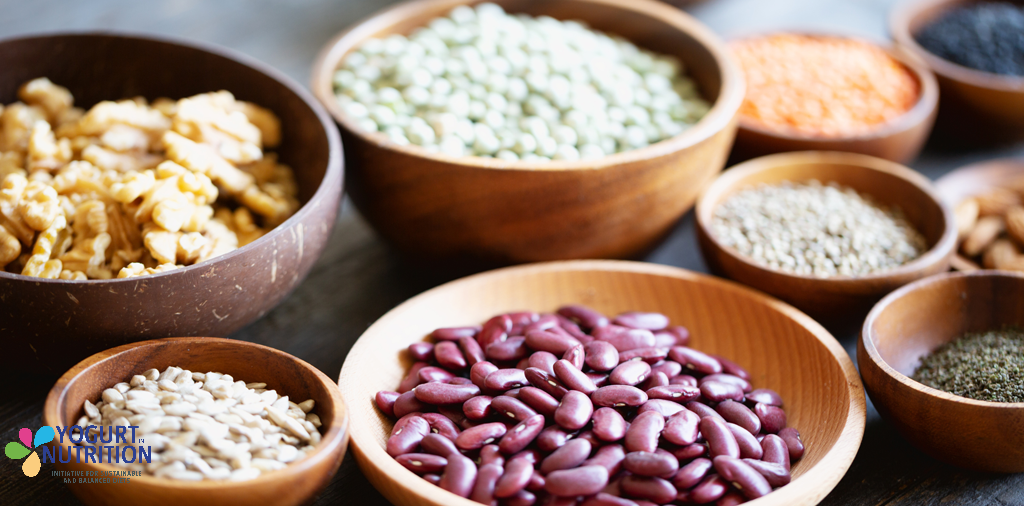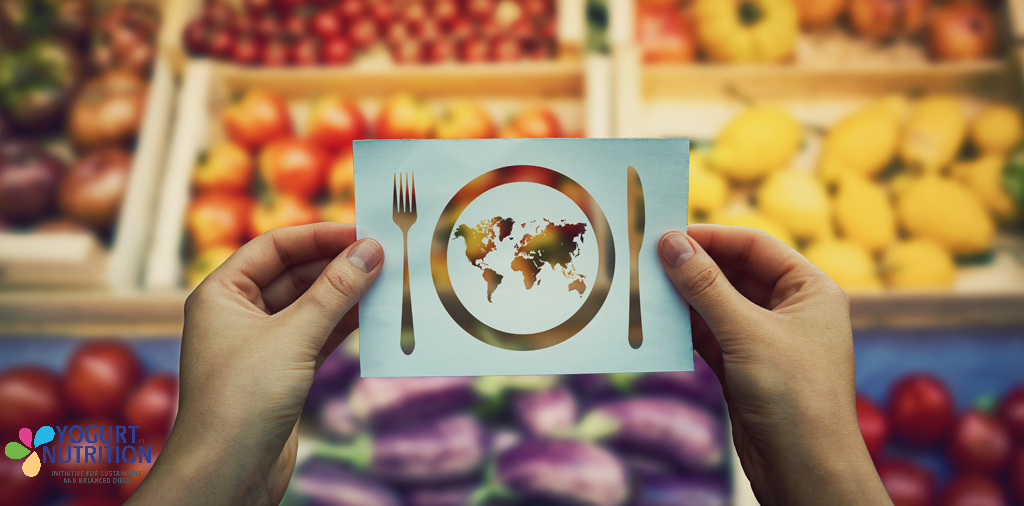Food processing and food formulation can play a major role in achieving sustainable healthy diets for people around the world, say scientists(1).
Their research suggests it’s time to re-think the way we view processed foods. Indeed, processed foods can be tailored to contribute to sustainable living, helping to make our food healthier, safer, more affordable, more convenient – and even helping to preserve the planet.
While eating fresh unprocessed foods is essential for good health, the scientists say re-formulating processed foods to reduce unhealthy ingredients, with fortification to increase healthy nutrient content, can also help to improve diet quality and food security for all.
For example, preserving foods through processing ensures food safety and prolongs their shelf life – so we throw away less food because it has gone off and we can choose a variety of foods, including locally-grown produce even when they’re out of season.
Boosting the nutrient balance of processed foods
Re-formulating processed foods holds the key to a host of benefits. Recent advances in food technology have focused on reducing the amount of added fat, sugar and salt in processed foods.
Meanwhile, the food industry has been improving the nutrient density of processed foods with the addition of protein, fibre and micronutrients. Adding whole grains, fruit, nuts, seeds and other desirable ingredients such as fermentation products is also enhancing the quality of processed foods.
It’s a matter of taste, not just nutritional value
When it comes to our food shopping, taste, cost and convenience tend to matter more than nutrient content. Consumers aren’t so keen on an altered product that is heathier but tastes worse and costs more. So alongside the technical challenges of re-formulation food technology, scientists and the food industry need to consider preserving the sensory qualities of the product, while keeping prices down, managing their environmental footprint, and assuring product safety.
Meeting the nutritional needs of a global population
Challenges aside, re-formulation to improve the nutritional quality of processed foods can play a major part in delivering sustainable healthy diets to the global population.
For a diet to be sustainable, it should be healthy, affordable, adapted to regional and local food habits, and consistent with planetary boundaries, according to the guiding principles outlined by the UN’s Food and Agriculture Organization and the World Health Organization. (2)
Through fortification, processed foods can help to minimise disparities in access to food, provide affordable nutrient density worldwide and maintain a stable food supply that is robust enough to withstand emergencies and disasters.
By working together, public health agencies, the food industry, and consumers may improve the quality and acceptability of processed foods in the future, say the researchers.
‘…fortified processed foods provide affordable nutrient density, help minimize disparities in access to food, and ensure nutrition security for all.’ – Drewnowski A, et al. 2022
Food processing and food (re)formulation: what’s the difference?
Food processing and food (re)formulation are distinct concepts.
- The role of food processing is to transform perishable agricultural products into foods and drinks that people consume (for example through pasteurization, fermentation, smoking process…). Food processing contributes to the stability of the food supply.
- Food reformulation has become associated with improving the nutrient quality of processed foods and enriching fortification with nutrients, vitamins and minerals to support affordable nutrient density.
Find out more: read the original article.










 Lauren Twigge is a Dallas based registered and licensed Dietitian with a Master’s degree in Clinical Nutrition and a bachelor’s degree in Animal Science. Along with running her own nutrition company and working with private clients, Lauren works as social media dietitian, recipe developer, blogger, and brand ambassador. Lauren was born and raised in a family of farmers located in central California and is an outspoken supporter of the agricultural industry. Growing up on a dairy and being raised around farming her whole life has given Lauren a unique perspective on where our food comes from and her passion is to work at the crux of agriculture and human nutrition to fight misinformation and give consumers back their food confidence. Lauren is on Instagram @nutrition.at.its.roots and educates on a variety of health topics including the truth about the agricultural industry, education on where our food comes, and discussing the role that various agricultural products, like milk, can play in a healthy diet!
Lauren Twigge is a Dallas based registered and licensed Dietitian with a Master’s degree in Clinical Nutrition and a bachelor’s degree in Animal Science. Along with running her own nutrition company and working with private clients, Lauren works as social media dietitian, recipe developer, blogger, and brand ambassador. Lauren was born and raised in a family of farmers located in central California and is an outspoken supporter of the agricultural industry. Growing up on a dairy and being raised around farming her whole life has given Lauren a unique perspective on where our food comes from and her passion is to work at the crux of agriculture and human nutrition to fight misinformation and give consumers back their food confidence. Lauren is on Instagram @nutrition.at.its.roots and educates on a variety of health topics including the truth about the agricultural industry, education on where our food comes, and discussing the role that various agricultural products, like milk, can play in a healthy diet!

